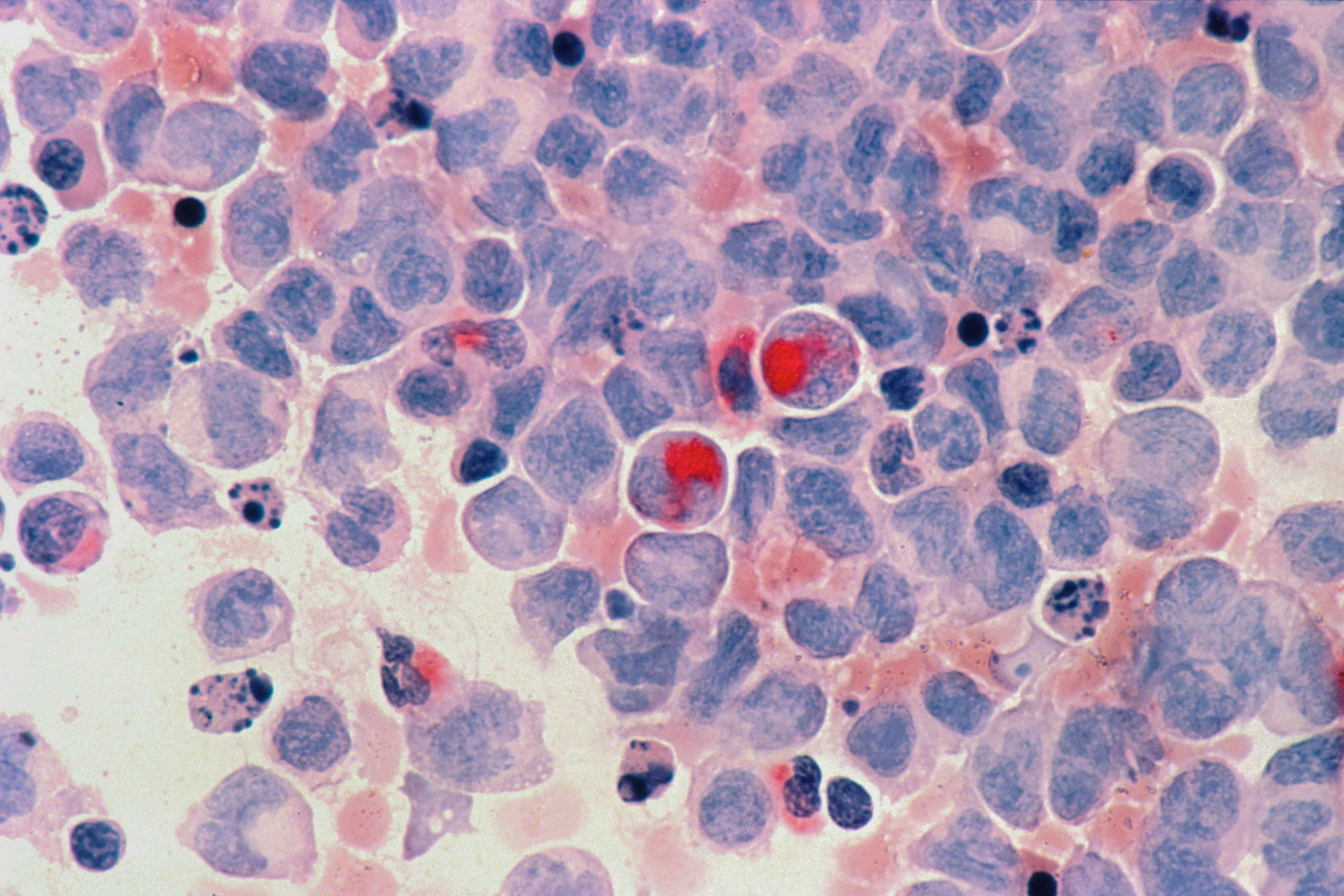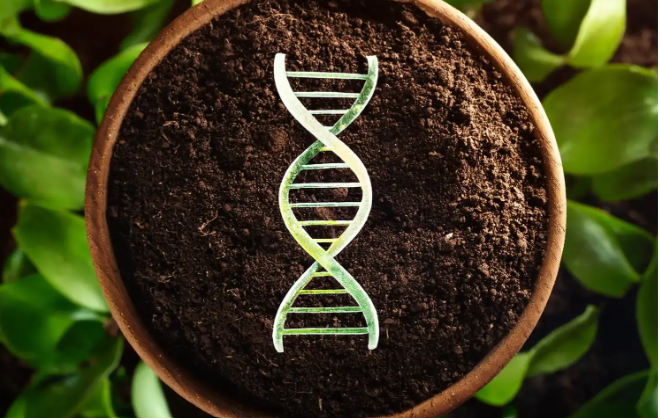What is the Skin Microbiome & Why Is It Important?
The skin is the largest organ of the human body, serving as a crucial barrier between our internal systems and the external environment. The human...

Aquaculture is rapidly reshaping the world’s seafood supply, but what does this mean for our oceans, coastlines, and aquatic ecosystems?
This guide explores the environmental impacts of aquaculture across six key areas, including pollution, habitat change, species interaction, and feed production. Drawing on recent global data and scientific literature including resources from ScienceDirect, SpringerOpen, PMC, and more, we also highlight how aquaculture microbiome research, such as the work done facilitated by Cmbio, is uncovering critical insights and helping shape sustainable solutions for the future of aquaculture.
Aquaculture, or the farming of fish, shellfish, seaweed, and other aquatic organisms, has become the world’s fastest-growing food system. Here are a few up-to-date aquaculture statistics to illustrate why this industry is growing in importance (and impact) worldwide:
This shift isn't just quantitative, it reflects a pivot in global food security, with aquaculture now forming more than half of all seafood production. Amid this expansion, microbiome research has emerged as a vital tool, helping to decode aquaculture’s environmental effects.
At Cmbio, our team harnesses microbiome sequencing to assess water, sediment, feed, and animal health, providing clarity on ecosystem impacts and solutions.
Uneaten feed and fish excrement release high levels of nitrogen and phosphorus, fuelling algal blooms, oxygen depletion, and biodiversity loss.
In Scotland alone, salmon farms discharged ~13,000 t nitrogen and 1,800 t phosphorus in 2019, amounts comparable to waste from human populations. Older estimates suggest nutrient output equivalent to nearly 9 million people.

Nutrient Pollution Cycle Diagram
Aquaculture often employs antibiotics, hormones, and disinfectants, which wash into surrounding waters and persist in sediments.
Cmbio’s shotgun and long-read metagenomic tools excel at profiling microbial resistomes in farmed species like salmon and shrimp, detecting ARGs and informing robust mitigation. Our services provide early detection of ARG hotspots, allowing producers to adjust treatment regimens and reduce antimicrobial reliance without compromising biosecurity.
The global expansion of shrimp farms has driven extensive mangrove deforestation—depleting up to 35% of mangroves by the late 1990s. Abandoned aquaculture ponds often suffer soil acidification and salinisation, impairing recovery.

Factors in our analyses were local biophysical conditions (blue) and socioeconomic variables (yellow) and national socioeconomic variables (orange and red). Examples of mangrove gain can be due to restoration of mangroves by tidal channel recreation in South Sulawesi, Indonesia (a), whereas loss can be due to development pressure close to cities in Gold Coast, Australia (b) and mortality of mangroves by a tropical storm in Yacuna, Fiji (c). Image credits: Rio Ahmad (a), Valerie Hagger (b), Clint Cameron (c).
Open-net pens can lead to mass escapes (roughly 25 million escape events globally) which disrupt wild gene pools and transmit diseases like sea lice. These escapes threaten wild fish resilience with genetic pollution and new pathogens.
Aquaculture research could support improvements here by tracking seasonal pathogen shifts across multiple water columns near farm sites and in untouched areas, helping regulators and farms identify risk and resilience patterns.
Feeds for carnivorous species often rely on wild fish, soy, and other resource-intensive inputs. Soy-based feed contributes to deforestation and significant greenhouse gas emissions. In fact, feed production can account for up to 80% of aquaculture’s emissions.
Cmbio-facilitated research into gut microbiota allows producers to optimise feeds for digestibility and immune support, potentially reducing waste, boosting feed conversion ratios (FCR), and lowering the overall feed footprint.
Aquaculture systems (especially intensive salmon farms) have experienced disproportionately high mortality rates, with ~865 million losses in the past decade, often due to disease and parasites. Crowded conditions in both open and closed systems exacerbate pathogen spread.
Cmbio’s pathogen surveillance via metagenomic techniques offers proactive mitigation and supports improved fish welfare. Fish farmers can use our services to set microbial health baselines and get alerts when key pathogens or resistance markers begin to shift.
IMTA integrates seaweed, shellfish, and fish to bio-remediate nutrients and reclaim waste.
Closed-loop RAS significantly reduce effluent and habitat impact, though they require substantial energy input.
Emerging feeds based on plants, insects, and algae are gaining traction; for instance, trials with gilthead seabream show promising results. These feeds reduce reliance on wild stocks and deforestation-linked soy.
Aquaculture could either amplify or alleviate human impacts on aquatic environments. The sector presents severe challenges: nutrient-driven oxygen depletion, chemical runoff, habitat loss, disease, and high GHGs. However, sustainable practices like IMTA, RAS, and alternative feeds, bolstered by microbiome profiling and metabolomics analysis, offer clear pathways forward.
Cmbio’s cutting-edge metagenomic platform empowers stakeholders to monitor and manage microbial dynamics, steering aquaculture towards healthier ecosystems, stronger biosecurity, and better fish welfare.
Ready to dive deeper? Explore how Cmbio’s aquaculture microbiome solutions can revolutionize your operations and drive sustainable outcomes. Contact us to learn more.
Marine aquaculture operations typically have a negative environmental impact, especially in farmed salmon aquaculture environment interactions. However, reducing reliance on fishmeal and fish oil in human consumption, investing in sustainable marine aquaculture research, and adopting alternative feeds and farming systems can significantly lower the industry’s environmental footprint.
Intensive fish farms and farmed seafood production can lead to overcrowding and disease for farmed fish, while also increasing interactions with wild populations, potentially harming local marine species, wild fish stocks and ecosystems.

The skin is the largest organ of the human body, serving as a crucial barrier between our internal systems and the external environment. The human...

The microbiome, consisting of trillions of microorganisms residing in various parts of the body, has been linked to cancer development, progression,...

Beneath our feet lies an intricate and dynamic world that is fundamental to life on Earth: the soil microbiome. This term refers to the vast and...